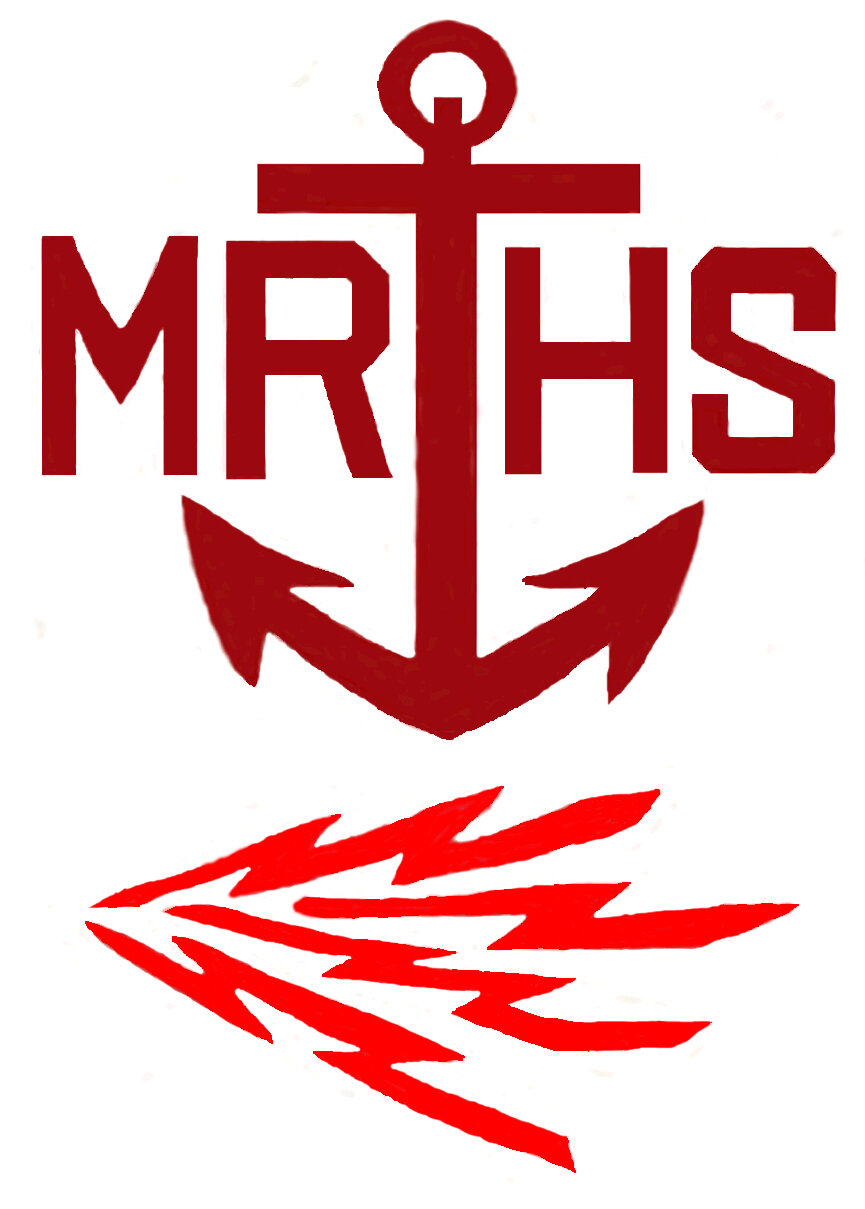Reports from NMO - 500kc at night
Copyright © 1994 by Jeffrey Herman All Rights Reserved.
Why 500 kc/600 meters? I have researched the literature in order to find an answer to this question, but have found nothing. I tend to think that this particular wavelength, 600 meters, became the standard by accident rather than some body of policy-makers deciding that it was to become the worldwide calling & distress frequency.
Maybe the nature of early equipment might be the reason this wavelength became the standard; the length of the antenna on some early transmitters dictated the center frequency of their very broadband signal - given that the antenna would run the length of the ship might have a bearing on 600 meters became the international CW wavelength. Regardless of whether it was by accident or choice, what was handed down to us was a wavelength with excellent evening propagation.
Starting at about 2100 local 500 would come alive. Any ship or shore station within 3000-4000 miles could be heard by an excellent combination of ground wave and sky wave - nothing was missed within this radius! Shore stations of more than 5000 miles were easily copied (Australia and New Zealand boomed in nightly). Daytime propagation consisted of only ground wave: 300-500 miles was the maximum range possible. Thus most daytime traffic was passed on the HF channels.
The idea of combining a distress frequency and a calling frequency was an excellent one - it insured no distress calls would be missed, and at the same time everyone knew where everyone else was at! No need searching various frequencies looking for a particular ship or shore- station. The result was a worldwide partyline; if you sent so much as a single dit everyone would hear it:
Ships operated on either a one-op or two-op schedule so our broadcasts coincided with these skeds. But shore stations had to remain on the air 24 hours a day. Late nights could become a bit of a bore for some shore ops, heavy eyelids and such. So out of boredom (or maybe by ``accident'') a single dit would ring across the Pacific, only to be answered by another dit possibly several thousands of miles away. Then all hell would break loose: every shore station and any ships with an on-duty op would be sending dits! For several seconds 500 sounded like a machine gun - 100 or more carriers were ditting away. As quickly as it started it would fade away.
A variation of this was someone sending a single GE (good evening); of course it would be impolite not to respond in kind so someone else would answer with GE. Within a half second at least one hundred GE's would flood the frequency! My log entry would look like this:
GE / GE / GE / GE / GE / (OPNOTE: AT LEAST 100 GE'S SENT) 500 1123Z
Some Coasties were unhappy with their duty assignment (Alaska, or some LORAN station in the middle of the Pacific, or on board a patrol ship) and made their sentiments known to the world: one op would send an F, a second disgruntled Coast Guardsman would follow with a T, only to be followed by by a third CG op sending G - three Coasties seperated by 100's or 1000's of miles of water expressing their thoughts as one. The acronym FTG stood for a very common expression in the Guard: F___ The Guard. In the log it goes:
FTG 500 1305Z
Needless to say, the CO (commanding officer) (`The Old Man') of NMO, upon reviewing the log the following day, would attach a nasty note expressing his displeasure at seeing such entry in an Official U.S. Government Legal Document blah, blah, blah... The Chiefs on the other hand would give out a hardy laugh and express their delight that this acronym was still traveling the airwaves.
After 2100 local there would be a steady stream of CW on 500 - ships calling shore stations or other ships:
KHK KHK KHK KHK KHK KHK KHK KHK KHK KHK (making a pest of himself!) DE (in other words: `who the heck is calling me?') DE KNLS TR K KNLS DE KHK R UP 485 K OK 485/480 UP EE EE
Translation: The ship KNLS, ignoring the usual 3X3 callsign format instead was going to endlessly call the shore station KHK until he got some attention; KHK interrupted him with a simple DE after which KNLS told him he had a travel report (TR). KHK's answer was `Roger, I'll transmit on 485 kc' to which the ship answered `Okay, you transmit on 485 and I'll transmit on 480 - let's go up' (up in wavelength that is, not in frequency - traditions are hard to break!).
By the way, KHK was a shore station located on a beach here on Oahu. Or,
TTT TTT TTT CQ DE ZLD ZLD CYCLONE WARNING NR 15 QSW 428 AR (These types of broadcasts, prefaced with TTT or XXX, will be discussed in Part 4.)
Or,
CQ CQ CQ DE WNOP WNOP ANY ONE HV 2100Z SOUTH PACIFIC WX? K WNOP DE XSU GE WILL GIVE 2100 WX ON OUR 2200 BCST K OK TKS OM SU SEEU EE EE
and on and on throughout the night - very orderly. You'll note each series of transmissions end with a `dit dit' (recorded as EE); and amateur radio operators thought they invented this `prosign'!
Part 7 will contain an actual transcription of one of my evening logs.
Part 6 will describe a distress in which a ship broke up in heavy seas and all hands were lost - it will contain my QSO with the ship's operator up to the last second of his life.
